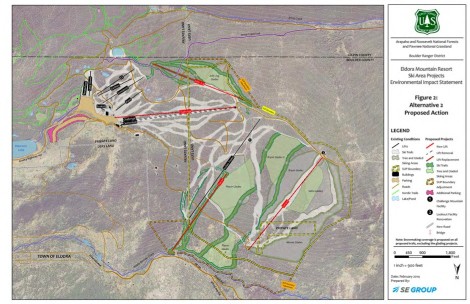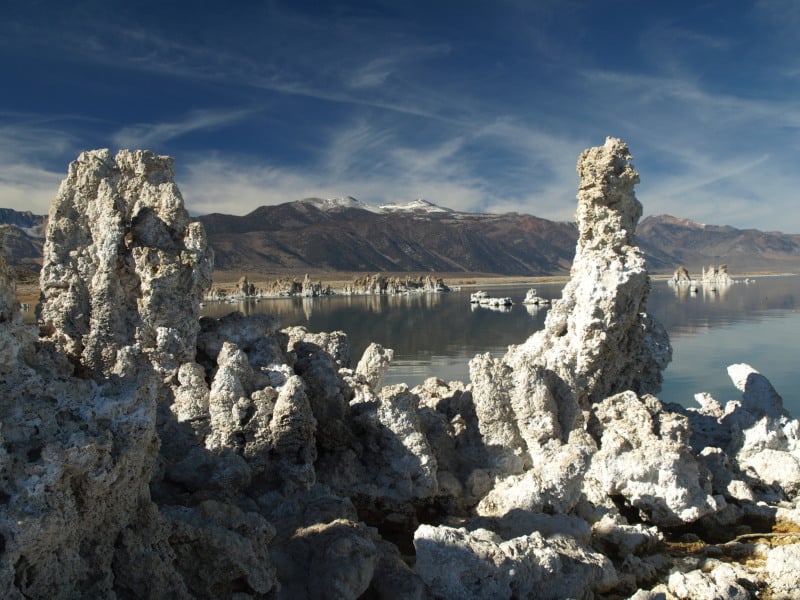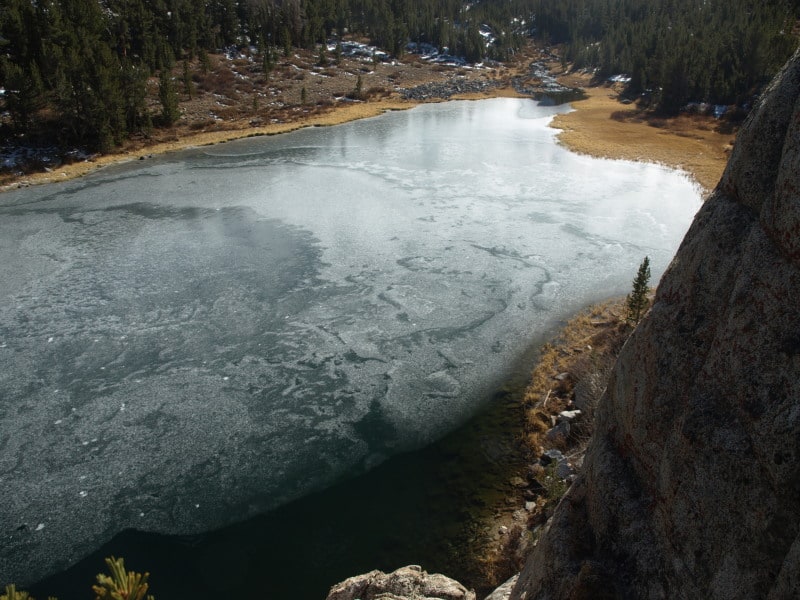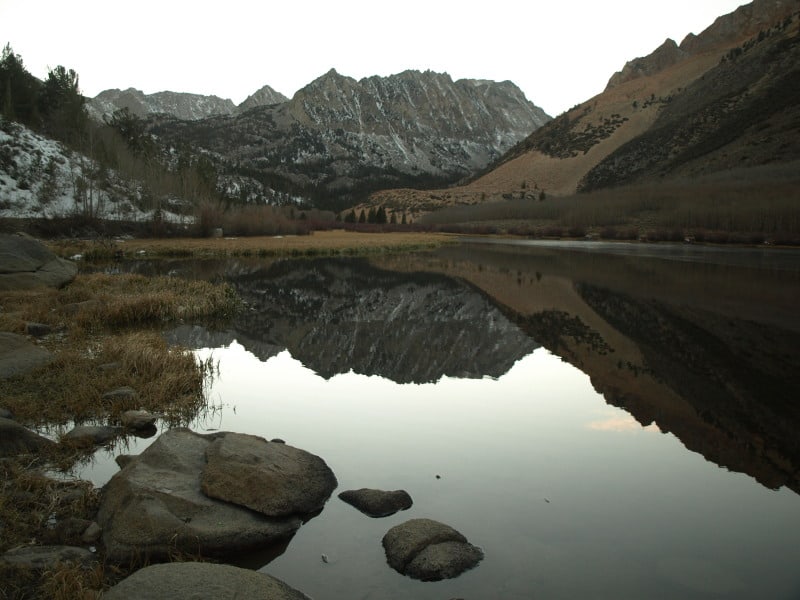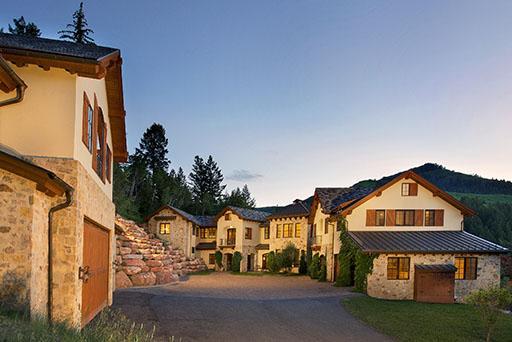
A Denver Post article today here talks about ski visits being up this year in Colorado. Below is an excerpt:
Thanks to a 5.6 percent surge in visitation for the final three months of the 2013-14 ski season at its Colorado resorts — Vail, Beaver Creek, Breckenridge and Keystone — as well as increased guest spending on passes, lodging, dining, lessons and ski rentals, the largest resort operator in the North America netted $117.9 million in income for the quarter, up 20.8 percent from the same months in 2013.
Spring sales of Vail Resorts’ popular Epic Pass reached record levels in recent months, with an annual increase of 14 percent in number of passes sold and a 20 percent increase in sales dollars.
Vacationer spending is climbing in the high country, with many mountain resorts reporting record spending for the 2013-14 ski season.
Vail Resorts saw lift revenue for the quarter climb 17.1 percent, not including pass sales. That growth came from Colorado and Utah’s Canyons resorts and offset a decline in spending at its three Tahoe, Calif.-area resorts. Guests spent more on ski lessons too, delivering a 16.8 percent annual increase in revenue to the company. They ate more too, fueling an 11.7 percent increase in revenue. Retail and rental revenue climbed 11.2 percent for the quarter.
The company finished the quarter with $307.4 million in cash, which arms Vail Resorts for potential acquisitions of ski resorts.
This seems to be about just the resorts themselves and not associated businesses, hotels, restaurants, gas stations, etc.
Now occasionally in arguing for more “protected areas” folks will cite this Headwaters study which “found a meaningful relationship between the amount of protected public land and higher per capita income levels in 2010.” Now we all learned in statistics that “correlation is not causation.” Still, if we put this study and the ski area info together it is hard to argue that folks in Summit County would have higher per capita income if the ski areas were removed and put into “protected” status (I am putting the term “protected” in quotes here because the term was used in the study in a specific way, and we can all disagree about what is “protected” and from what it is “protected.” If you don’t believe this, FOIA any Roadless Rule documents or check out the reports of the recent FACA committee (RACNAC).
Not to get all epistemological, but some things may be true if you look at numbers for all western counties and do a correlation, but not be true individually. It seems to me that the question is really a localized question…economically is protecting better than alternative uses (which might occur in a given area). If oil and gas leasing or ski areas are alternative uses, the economics would be be different from if the alternative to “protection” were campgrounds or OHV trails. But only certain places are conducive to wind farms, oil and gas leasing, coal mines, or ski areas.
This reminds me of the old studies that said if Forks Washington has a bad economy it doesn’t matter because jobs are growing in Seattle. Scale can be everything and choosing a scale is a value, not “science.”
Also in the Post today was a note that states get 50% from BLM lease sales.

